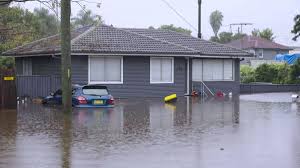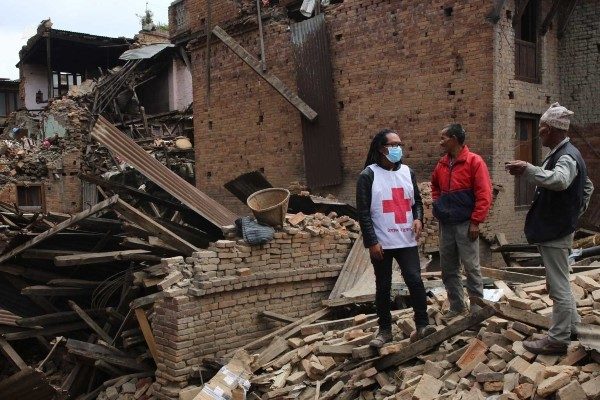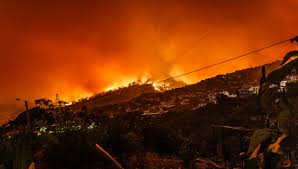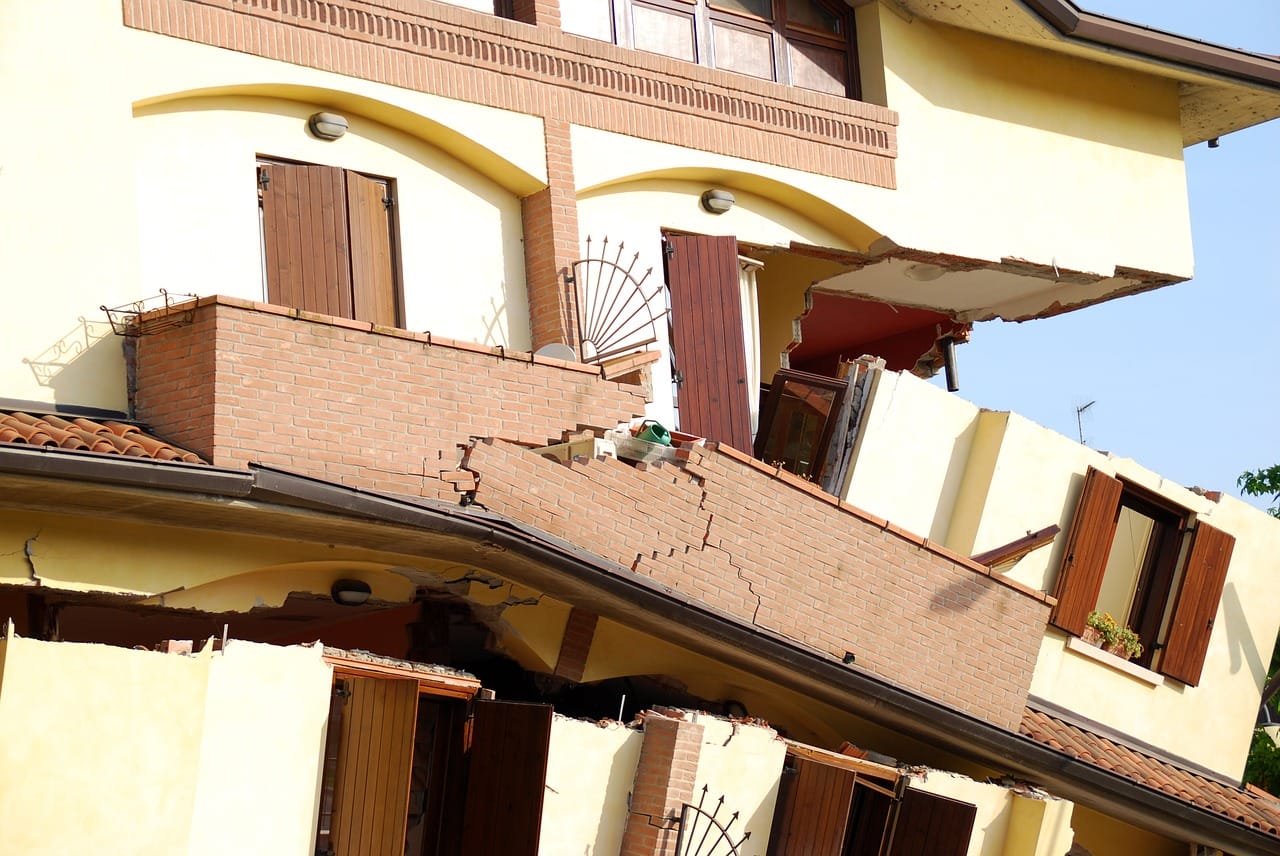How to Prepare for a Disaster to Reduce Your Home’s Damage:
Use this thorough guide with professional advice to help shield your house against expensive flood damage. If you are expecting severe weather or live in an area susceptible to flooding, it is important to know what precautions you may take to reduce the risk of water damage. How to Prepare for a Disaster to Reduce Your Home’s Damage? Let see below:

Disaster Factors:
Numerous factors, including intense rain, runoff from rising streams and rivers, tsunamis, and hurricanes, can cause flooding. In accordance with FEMA, roughly one quarter of all disaster claims occur elsewhere in high-risk flood-prone areas, indicating that almost every person is at risk of flooding. How to Prepare for a Disaster to Reduce Your Home’s Damage reman a big question.
Installing preventative devices, closing gaps that allow water to seep through, and maintaining drainage systems on a regular basis are essential to shielding your house from expensive water damage. It’s also a good idea to buy sandbags ahead of time, remove valuables from the floor, put together an emergency pack, make a family communication plan, and confirm what is covered by your Preventative Actions to Protect Your Property. Regardless if your residence’s danger of flooding is moderate or extreme, it’s crucial that you execute measures now to protect your residence and other property.
Preventive Steps to Safeguard Your Assets:
To avoid damage, this entails making sure that water runs off of any possible entry places. Here are a few particular methods for keeping your property safe. Keep up yard drainage systems. Regularly check and maintain yard drainage structures to ensure things function properly. To stop floodwater forms clogging up your home’s drains, install check valves.
If you suspect a flood could be entering your storage area through the ground’s level or underneath doors or windows, then place sandbags underneath these areas to earn added protection. Drains for municipal water should be cleaned. A house close to a municipal water drain is probably located in a low-lying area. Ensure that the drains are free of particles, such as debris, to allow enough water to flow.
Take Up Tasks Before Time:

If your house is situated in a high-risk location for flooding, address any possible problems before they become serious. I advise that homeowners look for tasks that may safeguard their homes from destruction in a flood crisis. How to Prepare for a Disaster to Reduce Your Home’s Damage ? Take into account indoor as well as outdoor components while determining the precise project kinds that might lower the chance of water damage. This might mean implementing sump pumps and arrive in vents, upgrading lymphatic drainage, as well as designing landscaping with flood suppression in mind.
Buy tarps and sandbags:
It’s important to prepare ahead of time and stock up on items that help lower the danger of flood damage, particularly if you reside in an area susceptible to floods. Sandbags and tarps should be bought and stored. So you’ll be ready in case flooding starts in your neighborhood. These products are in popularity ahead of a hurricane, rendering it difficult to secure them at the very last second; therefore, anticipate ahead by collecting them before the storm arrives to help preserve your home from cresting waters and high winds.
Caulk Spaces Encircling Windows and Doors:
Caulking is a cheap and worthwhile endeavor to stop pricey property damage that can result from water leaks. A quick fix to how to avoid flood harm is to caulk the openings surrounding the windows and doors. In order to cover any gaps or uneven spots where water may leak through, he advises applying silicone caulking to the margins of window frames. The caulking does wear rapidly over the years, so that makes it preferable to inspect along with re-caulking regularly.
Set Up Preventive Equipment:
How to Prepare for a Disaster to Reduce Your Home’s Damage still not a simple question. One of the primary challenges during a flood, according to Piotrowski, is that minor problems can escalate quickly, which is why deploying preventative devices can be beneficial. A check valve, additionally refer to as a not returning valve, is a tiny appliance place on your pipes that makes sure that water goes in only one direction. Sewers may overflow as a result of flooding, forcing liquid back throughout your plumbing system. Setting up this valve allows water flow through the plumbing but prohibits it from running back through the pipes into a toilet or collapse.

Leave More Room Between the Siding and the Mulch:
Remember to leave the suggested space between your siding and mulch—at least six inches—when you’re landscaping. To prevent water from collecting, dig a 6-inch hole in the empty area between your mulching and wall and fill it in with rocks. in order to shield plant beds from runoff, they need to be a few inches below the trench. The space between the mulching and the siding is there because wet mulch can cause water damage, including mold, mildew, and decay, if it adheres to the outside of your property.
Purchase a Smart Home Appliance:
Thinking about putting a smart home appliance that can identify gas and water leaks. Installing one could potentially result in a reduction in your home’s insurance premiums. Lists the several varieties that are available, varying in sophistication and price. How to Prepare for a Disaster to Reduce Your Home’s Damage need a huge understandng.
Create an Emergency Action Plan:
Making a plan ahead of time will help you remain composed and react appropriately when the rain or flood comes.
Assemble a disaster supply kit:
Building an emergency pack with necessary materials is an important way to get ready for a possible flood. Including water, not perishable meals, medicines, a lantern with battery power, a kit for emergency situations, along with significant documentation such as credentials, healthcare documents, and medical documents in a protective container.
Make a communication strategy:
During an emergency, like a flood, communication can become difficult. Therefore, make plans for how you and your family will communicate and decide on meeting locations that are higher up. Make sure that everyone knows where these locations are and knows how to get to them. Ensure that everyone is aware of the evacuation plan and understands the steps to follow if a flood happens.
Record a Video in Your House:

Taking a video of every room in your house is a good idea for your emergency plan, as it will serve as documentation of your home and your possessions for the insurer in the event that water damage occurs. It’s one of the most beneficial ways to help we decide whether you have sufficient protection to replace them. Going through your house room by room, noting the important objects, and then estimating their worth as best you can. If you currently have the receipts, make sure to keep track of them. In this manner, you’ll know how much it will cost for someone to replace your belongings.
Switches, outlets, and sockets for electricity:
Water and electrical components don’t mix, as was previously mentioned. Not only can the combination be harmful to human beings, but the damage to your dwelling’s electricity systems can become a danger to firefighters and a tremendous headache. Even when power outlets, switches, and connectors are only briefly immersed, it’s still possible that some or all of the system’s components need to be replaced, which can come at a rather high cost.
Examine your homeowners insurance policy and make any necessary updates:
Check your home’s insurance policy to determine what dangers your policy encompasses. Generally speaking, flooding coverage is excluded from regular homeowners’ insurance policies and necessitates the purchase of a separate policy, particularly if your house is situated in a flood zone. Most insurance expressly excludes waters-related harm, which usually involves those resulting from hurricanes, water in the ground, earthquakes and tsunamis, stagnant water, lake overload, waves, tidal fluctuations, and possibly drain or wastewater backups. in order to prevent the uncomfortable surprise of discovering, upon submitting a claim, that you do not possess the required coverage.
 ETVTIME Home Design and Gardens
ETVTIME Home Design and Gardens